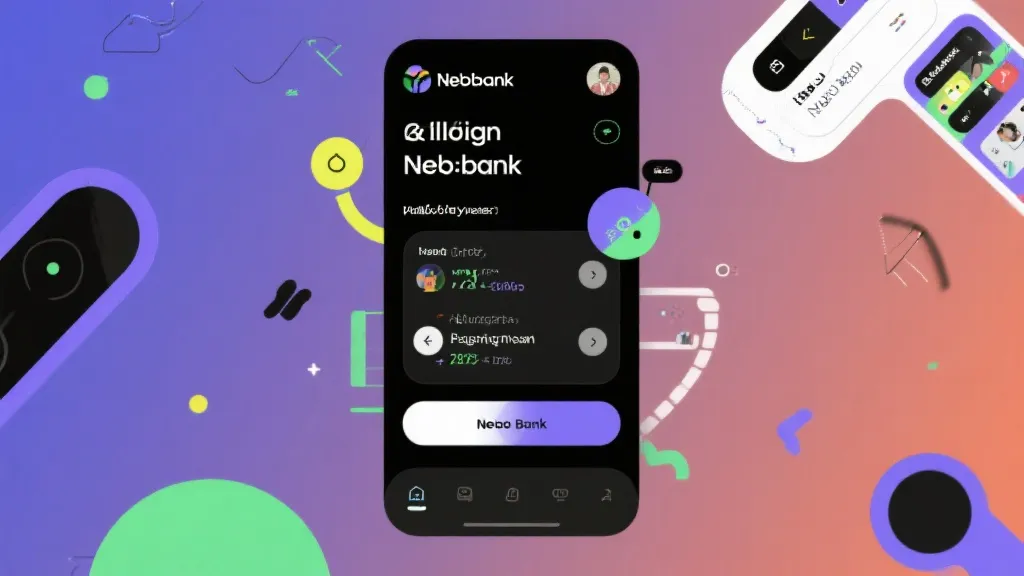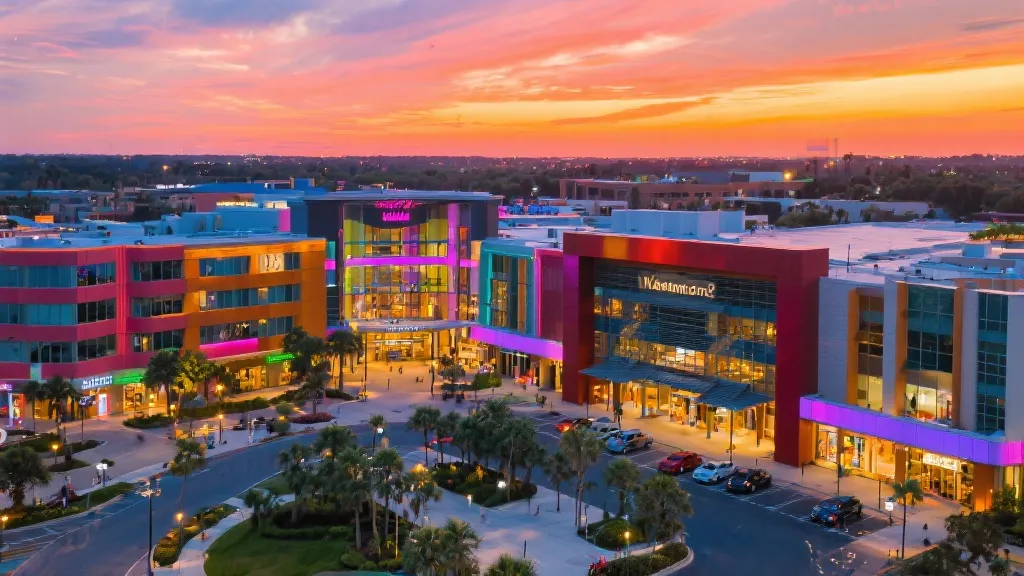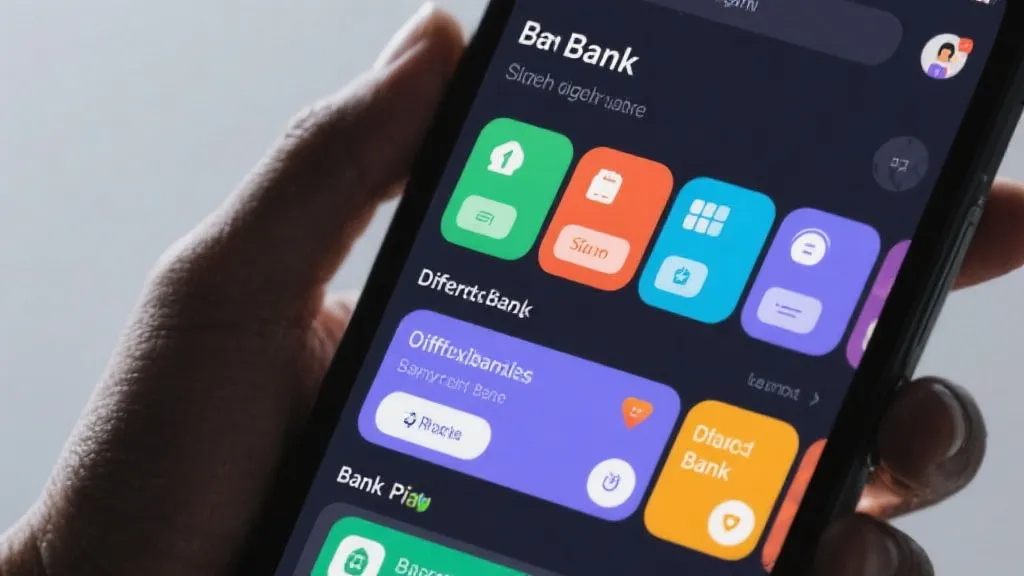This guide explores various government-supported phone service providers, including SafeLink Wireless. SafeLink is known for offering phone services to eligible residents through affordable or low-cost plans. The platform runs www.safelinkwireless.com, delivering benefits like text, calls, and data. Discover insights into service plans, eligibility criteria, and application steps.

In today's digital age, connectivity is not just a luxury but a necessity. The U.S. government, recognizing this essential need, has partnered with several telecom providers to offer low-income individuals or families access to affordable or low-cost phone services. These initiatives, which include the Lifeline and Affordable Connectivity Programs, aim to reduce the communication gap and enhance community engagement among economically challenged citizens. By facilitating greater access to technology, the government seeks to empower individuals with tools that can lead to more significant opportunities, such as improved employment prospects, educational advancement, and access to critical services. One such service, offered by SafeLink Wireless, stands out among its peers for providing comprehensive communication solutions. Below, we'll take an in-depth look at these vital services, focusing on plans, eligibility, and how to connect.
SafeLink Wireless is a prominent player in the government phone service domain, renowned for its commitment to facilitating accessible communication for low-income families. Through its website, www.safelinkwireless.com, SafeLink offers eligible customers affordable smartphone options or the flexibility to bring their own devices (BYOD). This brings a unique advantage, as users can choose a phone they are already familiar with while still availing of important service benefits. The core services comprise unlimited texting, calling, and data allowances, which can vary dramatically depending on the state or specific plan chosen. For instance, while some states might offer decreased data limits due to market differences, others may have more competitive offerings.
SafeLink Wireless also provides a user-friendly interface on its platform, making it easy for customers to manage their accounts, check data usage, and explore additional features. The customer service support is critical in helping users navigate any issues they encounter during setup or usage. Moreover, SafeLink often runs promotions, like seasonal discounts or bundle offers, encouraging users to stay subscribed. While some upgrades—such as premium devices or additional data capabilities—might incur extra costs, the primary offerings provide crucial connectivity support to underprivileged sectors, ensuring they remain connected to essential services, family, and the world around them.
| Provider | Services Offered | Additional Charges |
|---|---|---|
| SafeLink Wireless | Affordable smartphone or BYOD, unlimited text, calls, and data | Device upgrades, extra data |
| Assurance Wireless | Affordable Android smartphone, unlimited talk and text, and data | High-speed data, international calling |
| StandUp Wireless | Affordable smartphone or BYOD, unlimited talk, text, and data plans | Premium phone upgrades, extra data |
| Access Wireless | Unlimited voice, text, limited high-speed data | Data boosts, device upgrades |
| True Wireless | Affordable phones, voice and data plans with flexibility for BYOD | Device upgrades, additional data plans |
Source: www.safelinkwireless.com
When comparing these providers, it becomes evident that while many offer similar base services, there are notable distinctions. For example, Assurance Wireless may cater particularly well to those who place high value on Android smartphones, while StandUp Wireless emphasizes flexible plans for those wanting to use existing devices. Each provider has a unique structure of additional charges, and potential applicants should consider their personal needs, such as how often they international call or require premium devices, before selecting the best provider for their circumstances.
The Lifeline and Affordable Connectivity Programs are federal initiatives sculpted to ensure that low-income households have access to essential telecommunication services. The Lifeline program, established in 1985, was initially designed to make landline services more affordable for low-income individuals. However, with the rise of mobile technology, it adapted to include mobile services, thereby allowing users to choose between landline or mobile options. This evolution shows a commitment to keeping pace with changing communication habits and preferences.
The Affordable Connectivity Program (ACP), which launched in December 2021, focuses on expanding broadband access across the nation. It provides discounts on monthly internet service and connected devices for eligible households. The ACP allows households with qualifying incomes to receive a discount of up to $30 per month on internet plans and up to $75 per month for households on tribal lands. By broadening the scope of connectivity, both programs aim to bridge the digital divide, which has been amplified during the COVID-19 pandemic as schooling and work increasingly transitioned online. Not only do these programs support communication, but they also provide access to educational resources, telehealth services, and job recruitment opportunities.
Applying for government-supported phone services generally entails meeting certain criteria that vary slightly by provider but typically uphold similar standards. Eligibility is often determined based on income levels or enrollment in approved assistance programs designed to aid low-income individuals. Here's a detailed look at what’s commonly required:
This eligibility framework reflects a commitment to supporting those who need it most and ensures that resources reach individuals or families that significantly need help staying connected. Community outreach programs often assist potential applicants in understanding their eligibility and completing the process.
The application process has been streamlined through online platforms, with SafeLink and others offering accessible online forms where applicants can submit their details and required documents. The process usually involves the following steps:
Applicants are encouraged to ensure their documents meet the requirements specified by each provider to streamline the process. Upon submission, applicants should expect a confirmation and a timeframe for when they can anticipate a response regarding their eligibility. Approval times can vary but generally range from a few days to several weeks, depending on the volume of applications.
Once approved and connected to a government phone service, managing your account effectively becomes crucial. Most providers offer a user-friendly online portal or mobile app that allows users to manage their services easily. Common features available include:
Taking the initiative to engage with the available platforms not only maximizes the benefits users receive from their plans but grants them greater autonomy over their service experience.
The provision of government-supported phone services has far-reaching implications for society as a whole. Increased access to telecommunications facilitates greater engagement in numerous areas, from education to healthcare. For instance, with dependable communication, students in low-income families can access online learning resources, participate in virtual schooling, or stay engaged with extracurricular activities remotely. This connection can combat educational inequities and help close the achievement gap over the long term.
In healthcare, telemedicine has emerged as a vital service, especially after the global pandemic. With affordable phone services, individuals can attend virtual healthcare appointments without worrying about transportation costs or taking time away from work, improving overall health outcomes for marginalized populations. Equally, job search resources increasingly rely on digital connectivity. Those with reliable phone services can apply for jobs, attend interviews, and communicate with potential employers, thus bettering their chances of securing stable employment and improving their economic situation.
Overall, enhancing accessibility to mobile services fosters not only increased independence for individuals but also strengthens the community fabric as more people stay interconnected. It leads to a society more capable of addressing collective challenges and nurturing a more inclusive landscape for all.
Government-supported phone services like those provided by SafeLink Wireless offer vital communication solutions for eligible individuals, significantly enhancing connectivity. By understanding the eligibility requirements and services offered, applicants can better navigate the application process and maximize the benefits available to them through these essential programs. As the digital divide continues to shrink through these initiatives, society can look forward to a future where every individual, irrespective of economic background, has the opportunity to stay connected—a fundamental aspect of modern life.
The information above is sourced from online materials as of October 2023. This platform does not guarantee the provision of services to applicants. For specific application requirements and procedures, refer to the official guidelines set forth by respective providers. Updates to this content are not made in real time, and it is advisable to verify details on official platforms before applying.
Reference Links:
Understanding Sme Neobank Impact

Exploring Webbank and Its Competitors

Discover Westminster Plaza Orlando

Discover Heartis Eagle Mountain Elegance

Westminster Plaza Orlando: A Comprehensive Guide

Transforming Banking with Sme Neobank

Discovering Westminster Plaza Orlando

Discovering Westminster Plaza Orlando

Life Insurance for Seniors: Maximizing Coverage and Benefits
